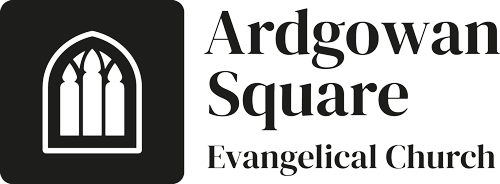As a church, we work to review and update our safeguarding policy on an annual basis. You can access the November 2024 policy at this link.
Working with Children and Vulnerable Adults.
1) Guidance for those Working with Children, Young People and Adults at Risk
The guidance in this policy is designed to facilitate the development of safe and caring practice and provide a framework for building appropriate relationships between workers and children, young people and adults at risk. It is not a set of legalistic rules which must be rigidly applied.
2) Managing and Reducing Risk
Although it may sometimes be necessary and helpful for a worker to speak with a child alone, the guidance suggests that this should be avoided. Also, it is recommended that a worker should not be left to work alone in charge of a group.
One way of reducing risk to both children and adults is to endeavour to make sure that there are sufficient adults working with children.
| Age | Ratio |
| Under 2s | 1:3 |
| 2 to under 3s | 1:5 |
| 3 and over | 1:8 |
| If all children are 8 or over | 1:10 |
Church groups providing activities for children are not required to be registered with the Care Inspectorate and the above ratios are included simply to encourage good practice. When thinking about adult to child ratios, you may wish to consider the following question. In the event of a child becoming ill or having an accident, do we have enough workers to meet the needs of the child and, at the same time ensure the welfare of the remaining children or young people?
3) Physical Contact with Children, Young People and Adults at Risk
Ardgowan Square Evangelical Church stress the need to avoid inappropriate physical contact.
3.1 What is inappropriate physical contact?
Inappropriate physical contact is; “that which is initiated on the part of the worker to meet his or her needs rather than the needs of the child.”
3.2 What is appropriate physical contact?
Appropriate physical contact is that which is generally initiated by the child. It takes place in a public place in front of other people. Physical contact to comfort and reassure should be agreeable to both parties and should be sensitive and appropriate to the person’s gender, age, ethnic and cultural background. Physical contact in order to provide care should only involve a level of contact necessary to provide such care. Very young children and those with certain types of additional support needs may require a higher level of physical care but the level of physical contact involved should be limited to that necessary to provide such care.
3.3 Toileting children
Workers must respect a child’s right to personal privacy. Children who are able to toilet themselves should be left to do so. Children who are able to toilet themselves at home and school are left to look after themselves and care for their own bodies.
Where a child does require help with toileting (perhaps because of age or health reasons) one adult should support the child and only undertake those tasks which the child is clearly unable to do. If two adults are required to toilet a child (perhaps because of complex physical care needs) then this should have been agreed with the parents and whenever possible, the child.
4) Transporting Children and young people
Many organisations out with the Church have guidelines which forbid one adult to transport a group of children in their car. There is a higher potential for misinterpretation of actions, or abuse of children, in a situation where one adult is alone in a car with a child or young person. However, we should not develop a culture of suspicion and mistrust within the Church. However, common sense should be used. When looking at taking a group of children, and for example dropping them off at the end of an activity, think about the following. Will I be left alone with a child in my car, if so you might want to consider taking someone else with you. This could be another adult or indeed your own child. The Church advises simply that transport be managed as safely as possible.
5) Photography and Video Guidelines
We should ensure that good practice is adhered to when photographing or videoing children during church activities.
Photography and video includes, that recorded on mobile phones and devices. No video or photographic footage should be publicly displayed (i.e. notice-board, local press or World Wide Web) without prior notice being given by the group and an opportunity for objection to be received. Neither names nor any personal information should be displayed alongside any photographs
Mobile phones can be used to take photographs and videos which can be immediately uploaded onto the web or social networking sites without permission. Therefore, group leaders should discourage the use of mobile phones during church activities.
Leaders must also not post photographs or videos taken while carrying their role on their personal social media site.

